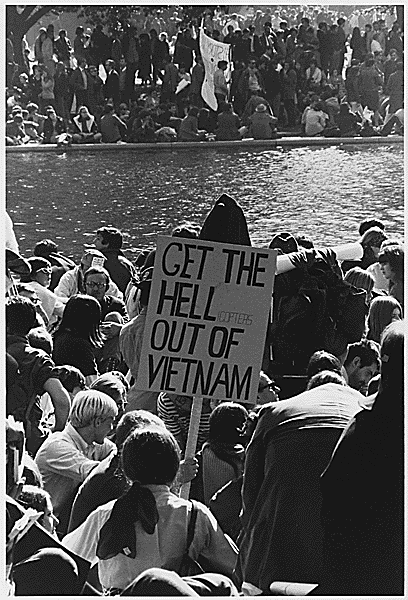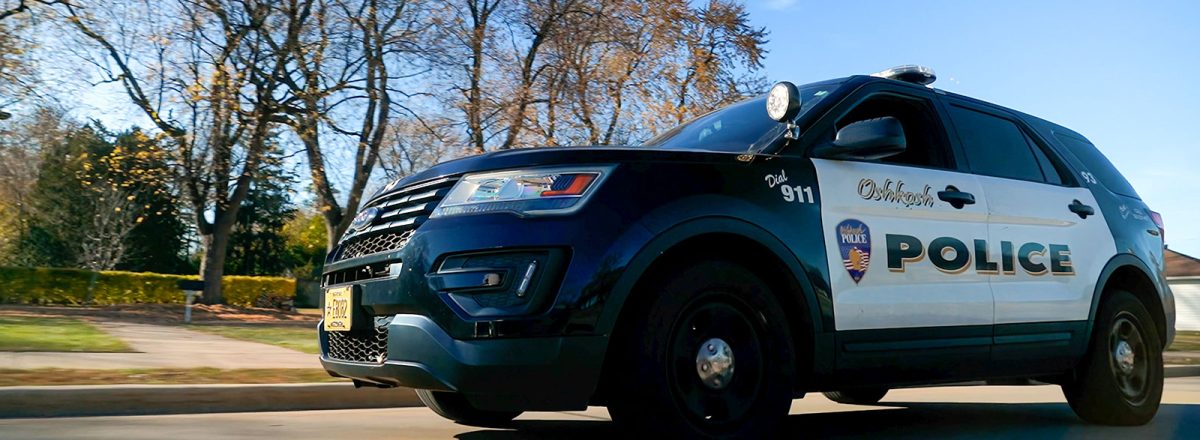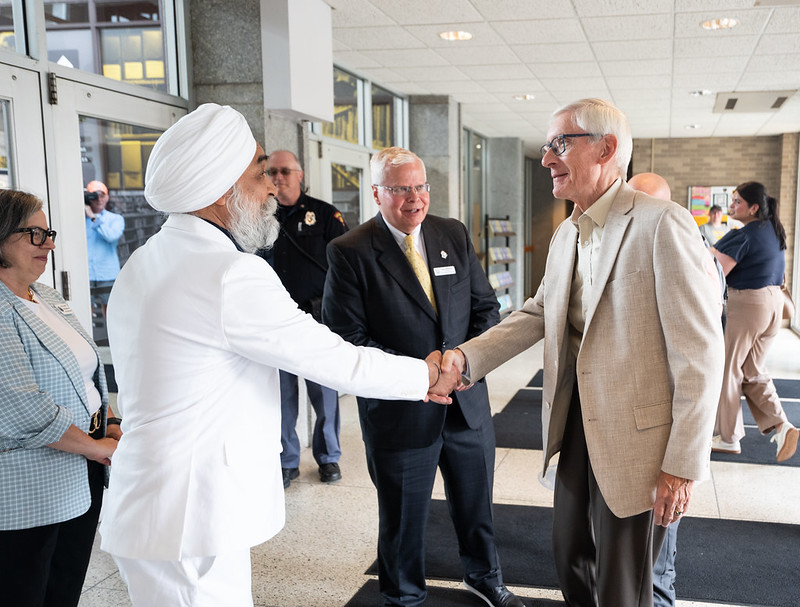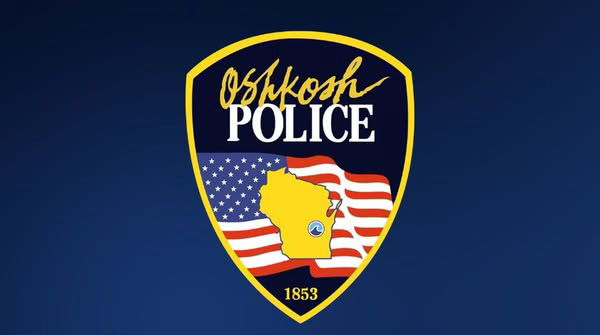In April 1971, thousands of American veterans threw their war medals at the U.S. Capitol to demonstrate their refusal to support the Vietnam War.
Over 50 years later, Vietnam War veterans who took part in the GI resistance during the war continue to reflect on their anti-war efforts while they were in the U.S Armed Forces.
The movement, which advocated for resistance to military involvement in the Vietnam War, began in 1964 and played a significant role in the United States’ withdrawal from the war as its military began to dysfunction.
The Center for Civil and Community Engagement invited three of these veterans to share their experiences as leaders of the GI movement.
Here’s what they had to say.
Rob Haeberle
In March 1968, U.S. Army photographer Rob Haeberle documented the gruesome My Lai Massacre, which left 504 innocent Vietnamese people dead in four hours.
“I was taught to kill, kill, kill,” Haeberle said about his basic training once he was enlisted into the Army.
This violence rings true in his My Lai Massacre photo series, which depicts the brutal reality of the war.
In one haunting photograph, Haeberle captures a dead, partially-submerged Vietnamese victim who was thrown into a well to contaminate drinking water in the area.
Another image shows a frightened, elderly Vietnamese man.
“[He] was trembling so badly that he could hardly walk,” Haeberle wrote next to this photo. “He looked as if he wanted to cry. I left him and heard two shots.”
However, among the pictures of piles of dead bodies, there are some photographs of people still alive today.
Haeberle captured a photo of the only American casualty that day in My Lai — a U.S. Army soldier who had purposely shot himself in the foot to excuse himself from the attack.
Other photographs feature a then-6-year-old girl named Ha Thi Qui, the only Vietnamese survivor that day.
Haeberle’s work was published in 1969 and had a tremendous impact on how Americans viewed the war. His work has been featured since in Time Magazine and he continues to bring his photo exhibition across the country.
Susan Schnall
While on active duty during the Vietnam War as a U.S. Navy nurse, Stanford graduate Susan Schnall dropped 20,000 anti-war leaflets across San Francisco-area military bases from a rented aircraft.
“I knew that I could no longer be silent,” Schnall said.
A lifelong activist, Schnall encouraged other GIs to join her in her protests against the war. She led 500 soldiers and sailors down Market Street in San Francisco, and this paired with her shower of anti-war leaflets earned her a court martial. She was ordered five years of hard labor.
Schnall said she was inspired by U.S. Army doctor Howard Levy, who was court-martialed for refusing to train medics on their way to Vietnam.
“[His] actions reminded me that simply healing the soldiers from the war might not be enough,” she said. “That being part of the military machine enabled the war to continue.”
The GI resistance was integral to shaping the nation’s view on the Vietnam War and the U.S. military, Schnall said.
“[The GI movement] took forth to the American public that not everyone in the military supported the United States government and military and their genocidal actions against the people and land of Southeast Asia,” she said.
Schnall continues her activism as co-coordinator of the Vietnam Agent Orange Relief and Responsibility Campaign and president of the New York City chapter of Veterans for Peace.
David Cortwright
Vietnam War veteran and professor emeritus at Notre Dame University, David Cortwright is a national expert on protest and resistance within the American military.
After being drafted, Cortwright decided to enlist in the military and volunteered for the Army Band in an effort to avoid active duty.
“I was hoping that I would just get over this thing, avoid being sent to Vietnam,” he said. “But my conscience wouldn’t allow me to.”
Cortwright said he felt compelled to volunteer in active duty after hearing the stories from soldiers who had returned from Vietnam and had already felt the harsh effects of the war.
“The stories they would tell, the anger they reflected, the bitterness toward the Army and toward the war really started to raise questions for me,” he said.
At first, Cortwright felt insecure about his views on the war as a soldier, he said. However, after finding other like-minded members of the military, he became more involved in the GI movement.
“I knew I had to speak out,” he said.
Cortwright signed several petitions calling for peace, including one with over 3,500 signatures which was published in the New York Times. Cortwright and other soldiers also created GI coffeehouses and underground newspapers to communicate more effectively as the movement expanded.
As the GI resistance grew, so did military disobedience. Vietnam-era Army veteran and author George Lepre reported that there were at least 600 instances of soldiers attacking superior officers (also known as fragging) in the Army during the war, although the exact number is unknown.
“The pressure of the anti-war movement was relentless, and the soldiers [were] not going to fight,” Cortwright said.
Cortwright shares more of his experiences in anti-war protests as the author of 22 books, including “Soldiers in Revolt: GI Resistance During the Vietnam War,” “Waging Peace in Vietnam: U.S. Soldiers and Veterans Who Opposed the War” and his latest, “A Peaceful Superpower: Lessons from the World’s Largest Antiwar Movement.”







